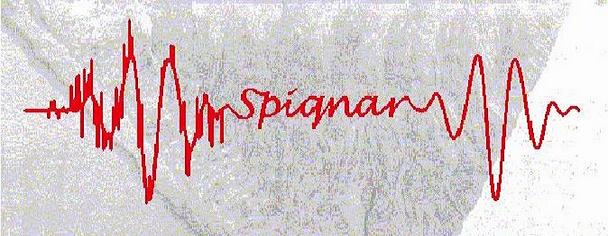Before looking at this module, hopefully you have some basic idea of what a signal is and what basic classifications and properties a signal can have. To review, a signal is merely a function defined with respect to an independent variable. This variable is often time but could represent an index of a sequence or any number of things in any number of dimensions. Most, if not all, signals that you will encounter in your studies and the real world will be able to be created from the basic signals we discuss below. Because of this, these elementary signals are often referred to as the building blocks for all other signals.
Sinusoids:
Probably the most important elemental signal that you will deal with is the real-valued sinusoid. In its continuous-time form, we write the general form as
x (t) = Acos (ωt + Ф)……(1)
Where A is the amplitude; ω is the frequency, and Ф represents the phase. Note that it is common to see ωt replaced with 2πft. Since sinusoidal signals are periodic, we can express the period of these, or any periodic signal, as
T = 2π/ω
 |
| Figure 1: Sinusoid with A = 2, ω = 2, and Ф = 0. |
Complex Exponential Function:
Maybe as important as the general sinusoid, the complex exponential function will become a critical part of your study of signals and systems. Its general form is written as
f(t) = B est……….(2)
Where s, shown below, is a complex number in terms of σ, the phase constant, and ω the frequency:
s = σ + jω
Real Exponentials:
Just as the name sounds, real exponentials contain no imaginary numbers and are expressed simply as
f(t) = B eαt………(3)
Where both B and α are real parameters. Unlike the complex exponential that oscillates, the real exponential either decays or grows depending on the value of α.
· Decaying Exponential, when α < 0
· Growing Exponential, when α > 0
 |
| Figure 2: Examples of Real Exponentials (a) Decaying Exponential (b) Growing Exponential |
Unit Impulse Function:
The unit impulse "function" (or Dirac delta function) is a signal that has infinite height and infinitesimal width. However, because of the way it is defined, it actually integrates to one. While in the engineering world, this signal is quite nice and aids in the understanding of many concepts, some mathematicians have a problem with it being called a function, since it is not defined at t = 0. Engineers reconcile this problem by keeping it around integrals, in order to keep it more nicely defined. The unit impulse is most commonly denoted as
δ (t)
The most important property of the unit-impulse is shown in the following integral:
Unit-Step Function:
Another very basic signal is the unit-step function that is defined as
 |
| Figure 5: Basic Step Functions (a) Continuous-Time Unit-Step Function (b) Discrete-Time Unit- Step Function. |
Note that the step function is discontinuous at the origin; however, it does not need to be defined here as it does not matter in signal theory. The step function is a useful tool for testing and for defining other signals. For example, when different shifted versions of the step function are multiplied by other signals, one can select a certain portion of the signal and zero out the rest.
Ramp Function:
The ramp function is closely related to the unit-step discussed above. Where the unit-step goes from zero to one instantaneously, the ramp function better resembles a real-world signal, where there is some time needed for the signal to increase from zero to its set value, one in this case. We define a ramp function as follows:
 |
 |
| Figure 7: Ramp Function. |



No comments:
Post a Comment